Search Images
Browse Content (p. 1616)
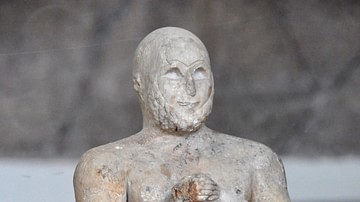
Image
Statuette of a Praying Man
Alabaster statuette (height: 46 cm), depicting a bearded bald-headed man, most likely a priest/man of a high rank. He clasps his hands in a prayer attitude. The upper part of the body is naked, while the lower half is covered by a sheepskin...
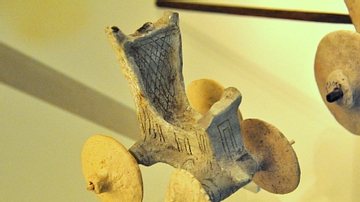
Image
Votive Toy from the Archaic Buildings of the Ishtar Temple
This small terracotta toy in the shape of a wagon was a votive donation to the goddess Ishtar. The Archaic buildings of the Ishtar temple were in use from 2500-2000 BCE. From the Archaic temples (or buildings) of Ishtar at the city of Ashur...
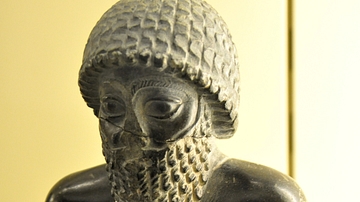
Image
Statue of Ur-ningirsu
The cuneiform inscriptions on the back of this small diorite statue (height 18 cm) read, "Dedicated to the god Ningizzida, his god, by Ur-ningirsu, priest-prince of Lagash, son of Gudea, priest-prince of Lagash." This bearded man is Ur-ningirsu...
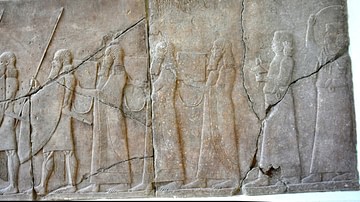
Image
Assyrian Wall Relief Depicting Musical Instruments
Alabaster bas relief depicting marching shield bearers accompanied by a group of musicians who carry different musical instruments, from Nineveh, northern Mesopotamia, Iraq, Neo-Assyrian Empire, reign of king Sennacherib, 705-681 BCE. The...
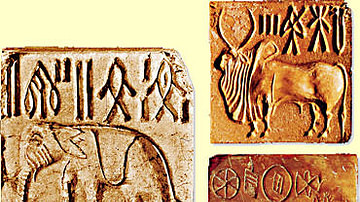
Image
Indus Valley Seals
Seals with Indus Script from Indus Valley Civilizations.
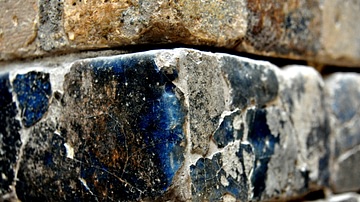
Image
Glazed-bricks of the processional street
A close-up view of some glazed-bricks of the side walls of the processional street at Babylon. The street and its Ishtar Gate were built by King Nebuchadnezzar II. From Babylon, Mesopotamia, Iraq. Neo-Babylonian period, 575 BCE. (The Pergamon...
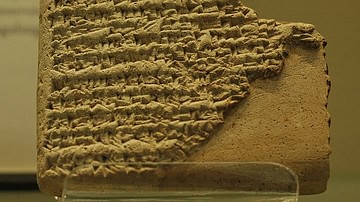
Image
Birth of Sargon of Akkad
Clay tablet with the birth of Sargon of Akkad and his argument with the king of Kish, late 3rd millennium BCE, now in the Louvre, Paris
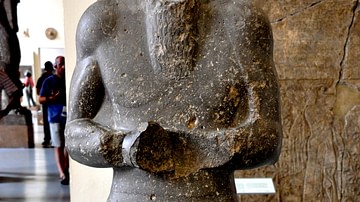
Image
Diorite statue of an Akkadian ruler of Ashur
This statue was unearthed during the German excavations at the city of Ashur in 1905 CE. The statue depicts a man in a long gown, which is girded at the waist with a belt. The details of the body, especially at the shoulders and upper arms...

Image
A Cult Relief from Ashur
This was part of a wall relief and was found inside a well within the courtyard of the temple of Assur at the city of Ashur, the capital city of the Assyrians. The central part of the relief depicts a male deity. Two smaller water deities...
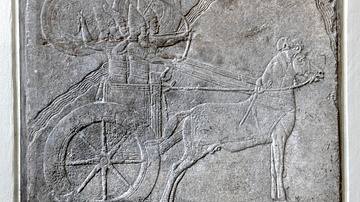
Image
Hamanu campaign on Ashurbanipal's wall relief
This small alabaster wall relief was part of a larger relief that represents the military campaign of the Assyrian king Ashurbanibal against the Elamite city of Hamanu. There is an Assyrian chariot with charioteer and archer, protected from...